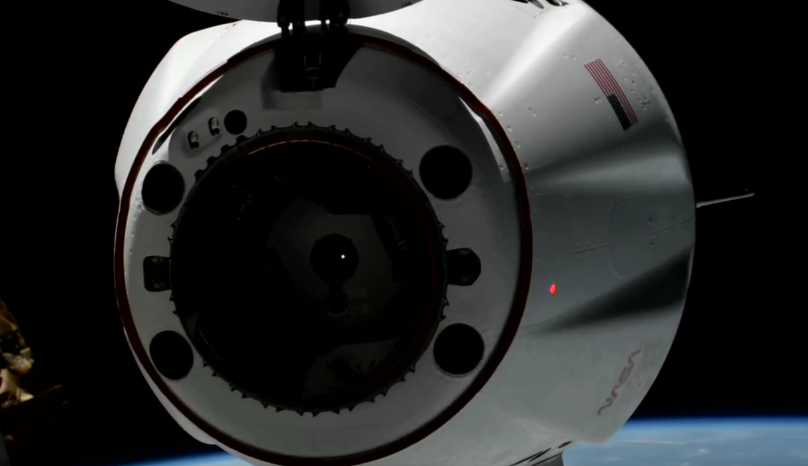The SpaceX Dragon cargo capsule successfully docked with the forward port of the International Space Station's Harmony module at 1105 UTC on Monday, Aug. 25, completing its 29-hour orbital rendezvous. The CRS-33 mission delivered approximately 2,270 kilograms of supplies, scientific experiments, and equipment to the astronauts aboard the ISS.
The Dragon carried a diverse payload, including food, essential supplies, and new scientific investigations. Key experiments include bone-forming stem cells to study bone loss prevention, materials for 3D printing medical implants to treat nerve damage on Earth, and bioprinted liver tissue to study blood vessel development in microgravity. The mission also includes a demonstration of 3D printing metal parts in space.
"Commercial resupply missions to the International Space Station deliver science that helps prove technologies for Artemis lunar missions and beyond," acting NASA Administrator Sean Duffy said in a postlaunch statement.
"This flight will test 3D printing metal parts and bioprinting tissue in microgravity — technology that could give astronauts tools and medical support on future moon and Mars missions," he added.
The Dragon capsule, on its 33rd Commercial Resupply Services flight for NASA, will remain docked for about four months, during which it will also conduct a reboost demonstration to raise the station's orbit. After being packed with completed science experiments and other cargo, it will return to Earth, splashing down in the Pacific Ocean off the coast of California.
The CRS-33 mission launched on Aug. 24, from Cape Canaveral Space Force Station's Launch Complex 40 atop a Falcon 9 rocket. CRS-33 marks the 50th Dragon vehicle to reach the ISS, highlighting SpaceX's significant role in supporting the station's operations.















